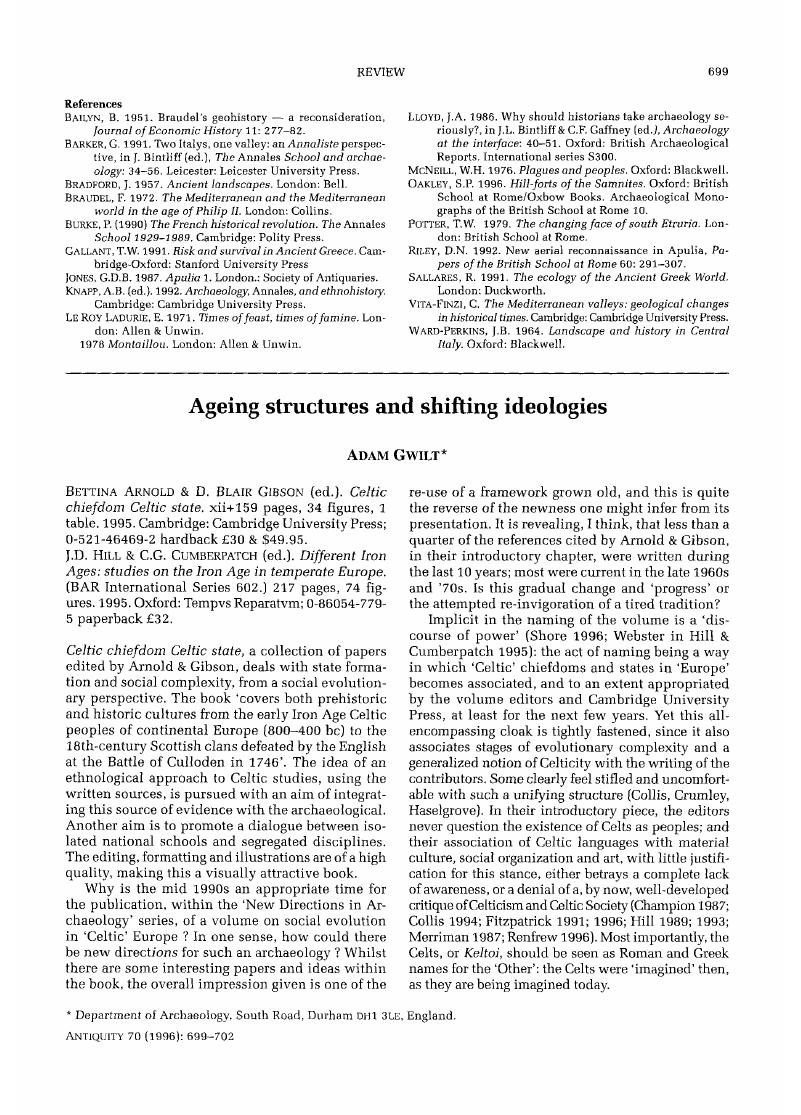Crossref Citations
This article has been cited by the following publications. This list is generated based on data provided by Crossref.
Thurston, Tina
2009.
Unity and Diversity in the European Iron Age: Out of the Mists, Some Clarity?.
Journal of Archaeological Research,
Vol. 17,
Issue. 4,
p.
347.





